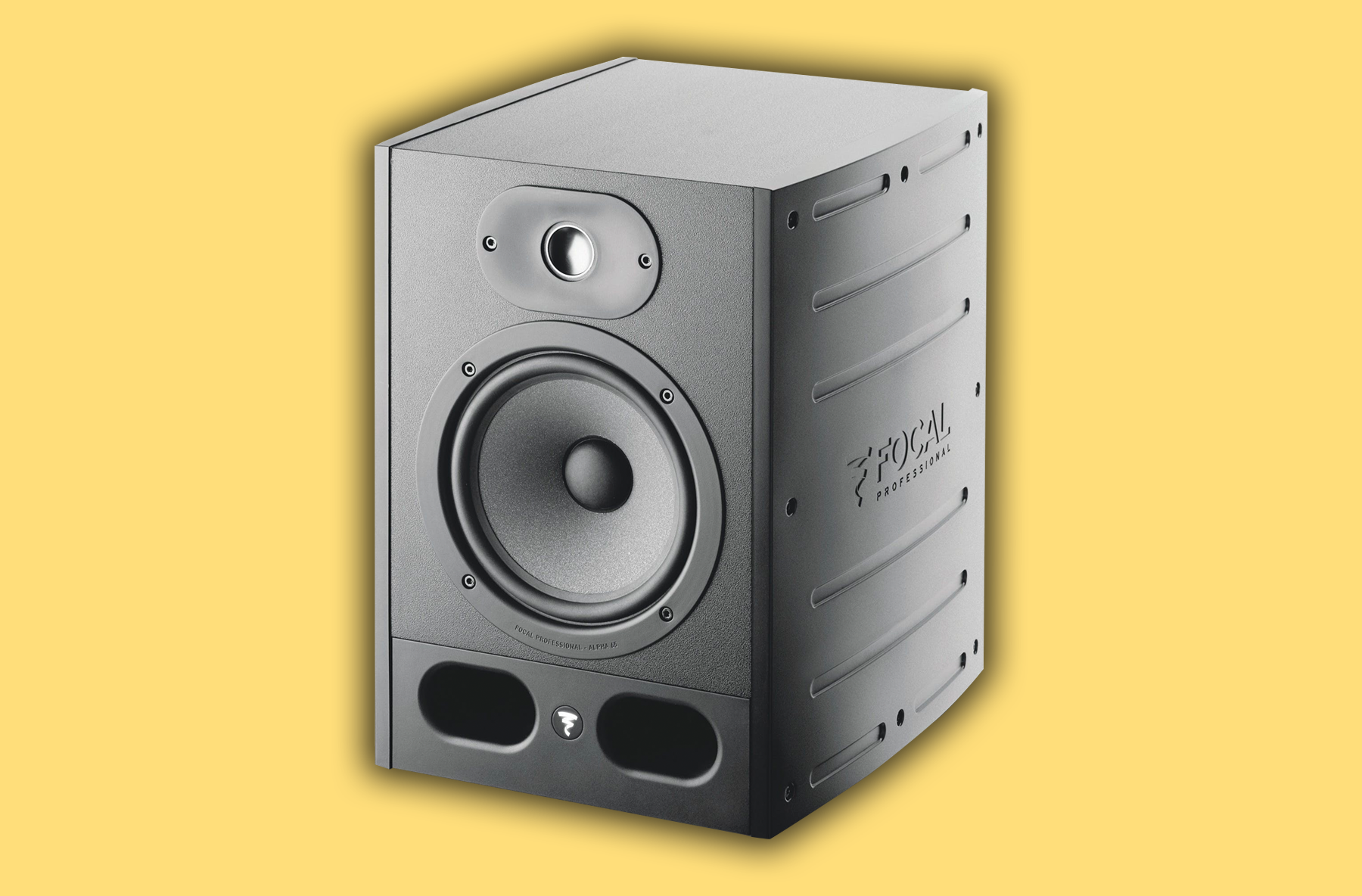

On the other hand, regular speakers are passive and get their power source from the device plugged, usually a dedicated standalone amplifier. Besides, studio monitors can cope with high volumes, and sudden sound bursts in the studio when playing back unmastered mixes. They remove the need for a separate amp and a crossover. Studio monitors have built-in amplifiers that make them active. Below are the main differences: Active vs.

However, studio monitors are more physically robust than home hi-fi loudspeakers since they evaluate mixed programming’s aesthetic merits. Studio monitors and regular speakers share a common ground in many instances.

Studio Monitors and Regular Speakers: How Do They Work? However, a studio monitor is great in production, while a standard speaker is enjoyable for home entertainment.Īlso read: Can You Use Studio Monitors For Home Theater?Īs consumers start to become more enlightened about the joys of having great audio, they increasingly ask the experts, “Can you use studio monitors for regular speakers?” This article will clarify if studio monitors are worth the investment for home entertainment, let’s dive in. You can use studio monitors for regular speakers as both types offer almost the same performance. They look deceptively similar to regular speakers, but are they suitable for a home theater? For a long time, studio monitors have been associated with sound engineers and play a huge role in the recording, mixing, and mastering process from recording studios, film studios, and bedroom studios to world-class facilities.


 0 kommentar(er)
0 kommentar(er)
